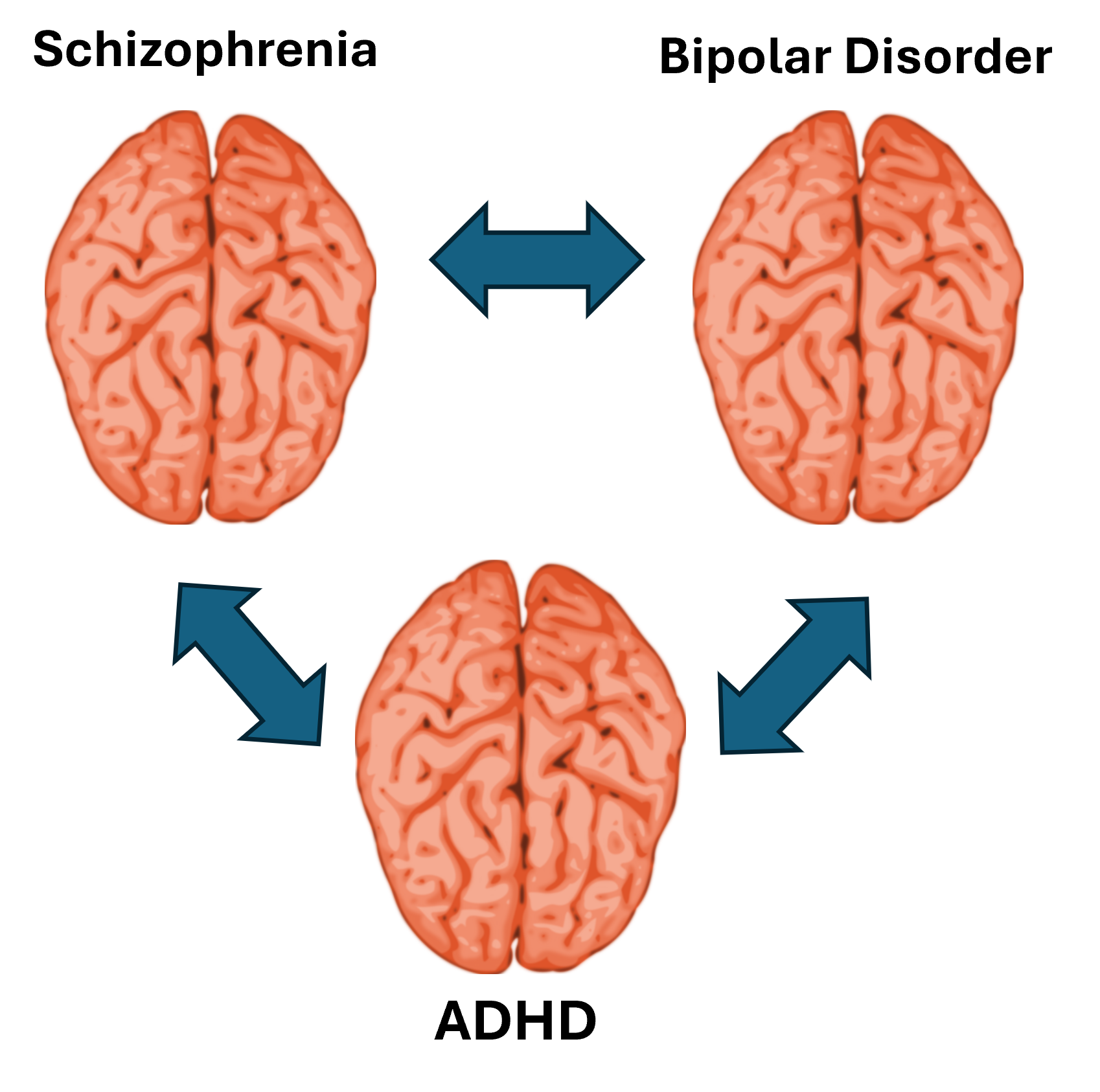Every patient is different, and so are their brains
Brain abnormalities in psychiatric disorders when analyzed at an individual level
Psychiatry is, arguably, the most complex medical specialty when it comes to making diagnoses or deciding treatment options. A case can be made that its difficulty lies in having to classify as pathological the way someone feels, thinks or acts. Currently, psychiatric diagnoses are entirely based on symptoms – which in psychiatry are variations in feelings, thoughts or behavior that lead to suffering or dysfunction. This so-called clinical approach has enabled the field to properly classify and effectively treat many patients throughout history. But what about the minority of patients who don’t improve with available treatments? Pharmacological interventions aim to modify brain mechanisms – believed to be altered in specific ways in psychiatric disorders – to improve well-being. But what if patients with the same symptoms, classified under the same disorder, actually have different brain mechanisms? Many brain studies so far typically compare groups of patients with healthy controls, assuming the average represents the whole group. This might be true for most of them but not for the minority.
A recent study published in Communications Biology by Timothy Lawn and colleagues sought to better understand how brain molecular circuits relate to different symptoms in schizophrenia, bipolar disorder, and attention-deficit hyperactivity disorder (ADHD). Treatment for these three conditions relies on modifying how neurons communicate with one another by making changes in the so-called neurotransmitter systems. Hence, the authors chose a neuroimaging approach called Receptor-Enriched Analysis of functional Connectivity by Targets (REACT) to investigate how neurotransmitter systems influence brain connectivity.
But how you obtain the data is as important as how you analyze it. In an attempt to surpass the mentioned difficulties of simply comparing a group of patients to a group of healthy controls, the authors built a normative model. This model is similar to pediatric growth charts where height or weight gains are meaningful only when compared to a normal growth curve. Similarly, using data from 607 healthy subjects, they created a normal curve of molecular brain networks across age. By doing this, the authors were able to identify deviations from the norm at an individual level across the different diagnoses.
Adapted from Lawn, T., et al. (2024) Communications Biology
They found that schizophrenia and bipolar disorder share some common neurobiology in relation to the neurotransmitters GABA and glutamate. On the other hand, ADHD showed minimal consistent deviations, suggesting that it is a more heterogeneous condition. The authors also tested how some of the same symptoms present in the three conditions, known as transdiagnostic similarity, related to functional connectivity. As it turns out, higher symptom levels were associated with worse brain connectivity, regardless of diagnostic labels. Specifically, deviations in two molecular networks related to the neurotransmitters acetylcholine (VAChT) and glutamate (mGluR5) correlated best with broad symptom spectra across disorders.
Adapted from Lawn, T., et al. (2024) Communications Biology
This research showcases a method to investigate how brain chemical and connectivity abnormalities at an individual level are associated with symptoms. This could potentially lead to using non-invasive neuroimaging studies for clinicians to decide optimal treatments for individuals, rather than just prescribing a medication that “should” work in a patient that belongs to a certain diagnostic group. Precision Psychiatry, as it has been called, may not be far off in the future.
Source:
Lawn, T., Giacomel, A., Martins, D., Veronese, M., Howard, M., Turkheimer, F. E., & Dipasquale, O. (2024). Normative modelling of molecular-based functional circuits captures clinical heterogeneity transdiagnostically in psychiatric patients. Communications Biology, 7(1). https://doi.org/10.1038/s42003-024-06391-3
Brain Bites Sub-Team
Lead: Alejandra Lopez-Castro

